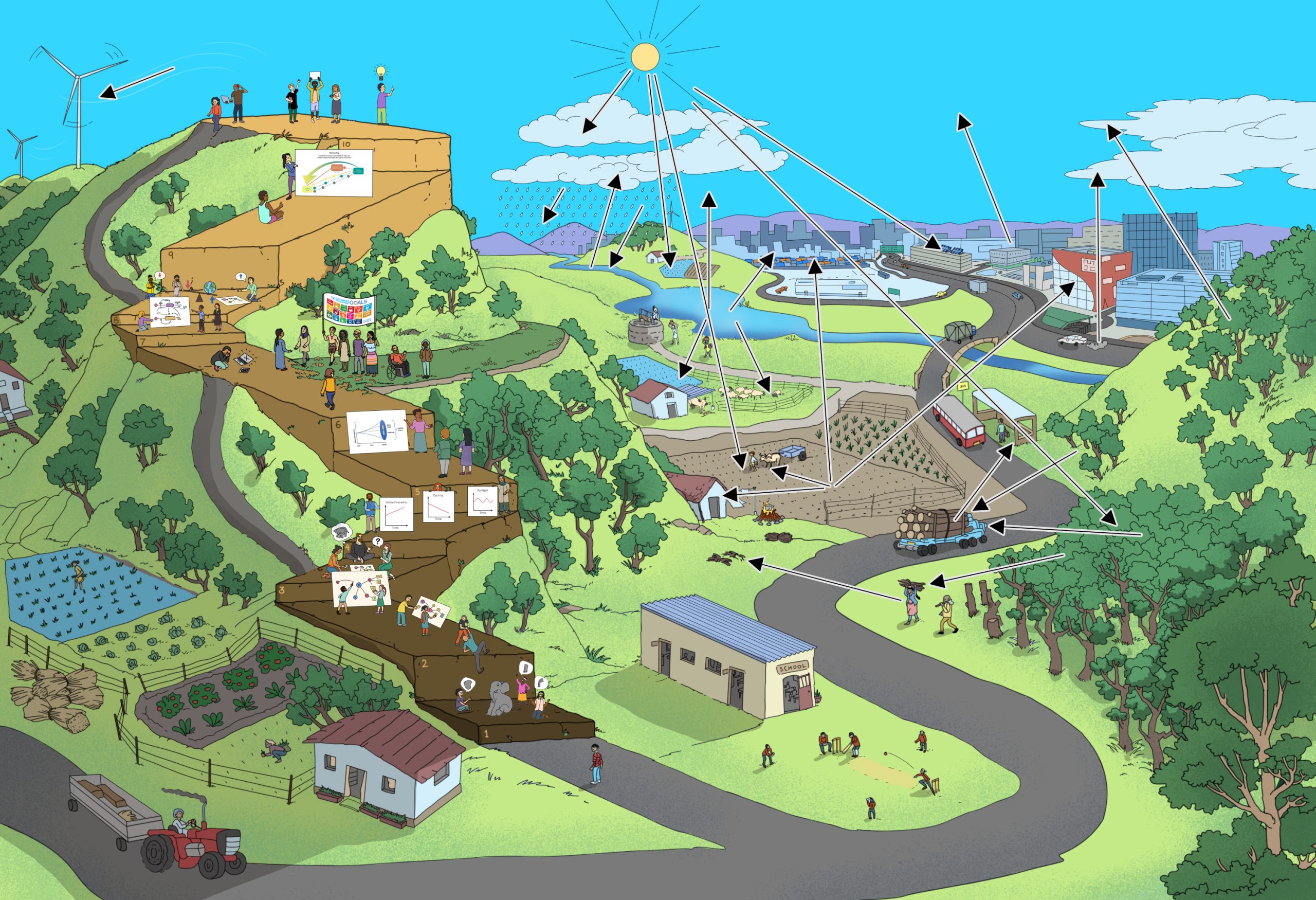Analysis matrix
Suitable for Steps 2, 3, 6
Duration
up to 1 hour
Material Needed
Paper and pen, or a photocopied worksheet
Group size
Individual, partner, or groups of four
Objective
To analyse complex structures to detect correlations and dimensions, which enable a better understanding of complicated topics.
Description
The content to be analysed may be text, video, audio, numeric data, or other forms.
``Analyse the world cotton market!`` could be a suitable task to give to the learners while working with the example of the Jeans system.
The learners will first have to think about various factors associated with markets, such as supply, demand, goods, customers, etc. Next, they may be able to identify qualitative aspects such as capital flows, profits, losses, environmental advantages or disadvantages, or workers' health, just to name a few.
An analysis matrix, which combines quantitative factors with qualitative aspects, can help learners obtain a systematic overview of the topic. By filling the fields, the learners analyse the cotton market as instructed and simultaneously develop a values perspective with which to judge the market.
Contribution to Systems Thinking competence
The learning method helps to comprehend a complicated topic by dividing it into smaller bits. The framing of the ``conclusion`` brings the smaller bits together in a structured description that reflects the complexity of the topic. The acts of analysis and synthesis help in grappling with complexity.
Example
What actually causes actual global warming?
To answer this question, one needs a detailed knowledge and an assessment of individual factors within the complex system ``climate``.
The first step is to prepare a matrix (refer table below) that suits the topic.
Scientific information will help learners to fill the analysis matrix.
Writing the ‘conclusion’ helps learners present their synthesized understanding of the causes.
| Yes, because … | No, because … | Yes, but … Or, No, but …. Or remarks on any uncertainty |
|
|---|---|---|---|
| Position of the earth relative to the sun | |||
| Intensity of solar radiation | |||
| Ice coverage | |||
| Composition of atmospheric gases | |||
| Conclusion |

